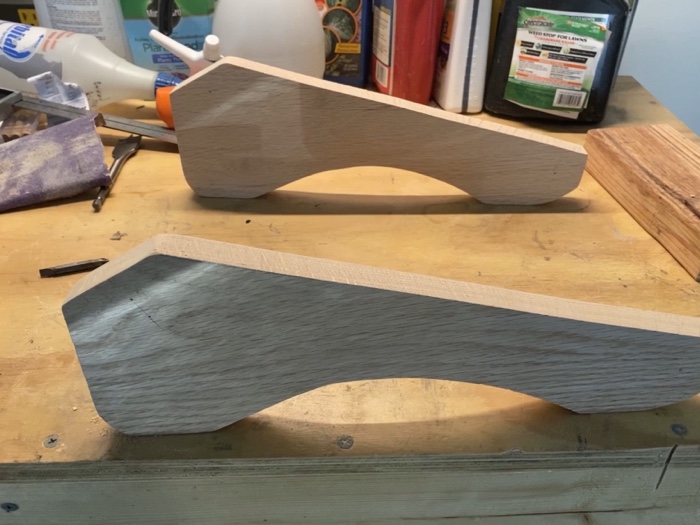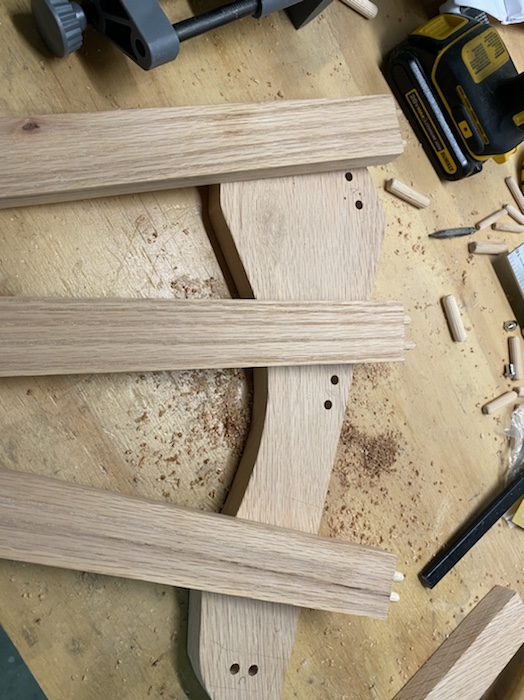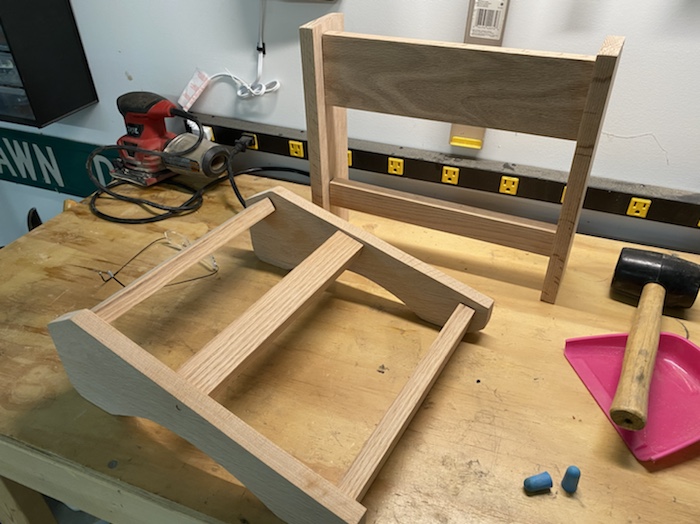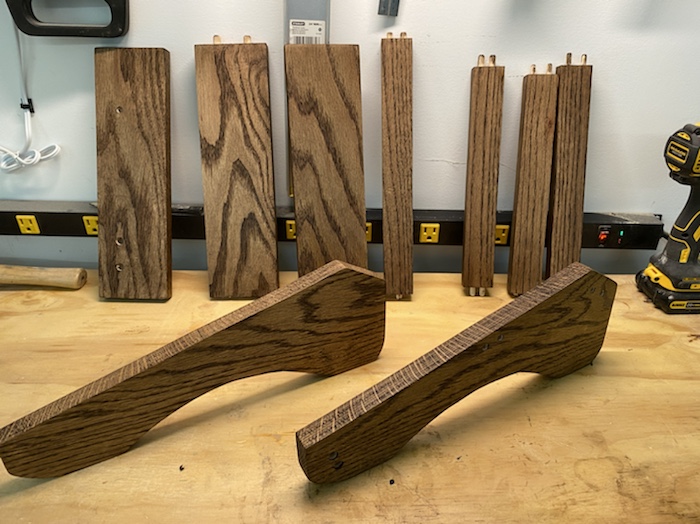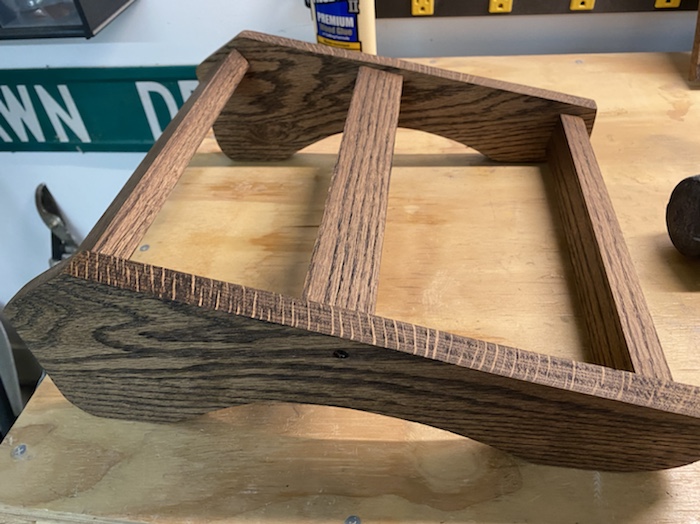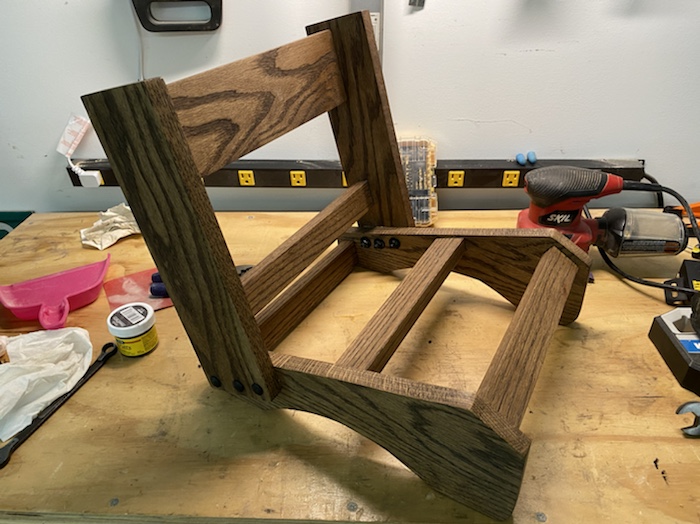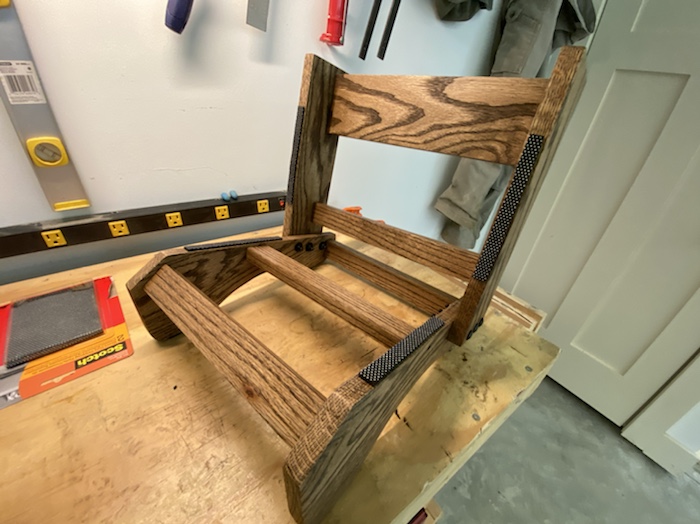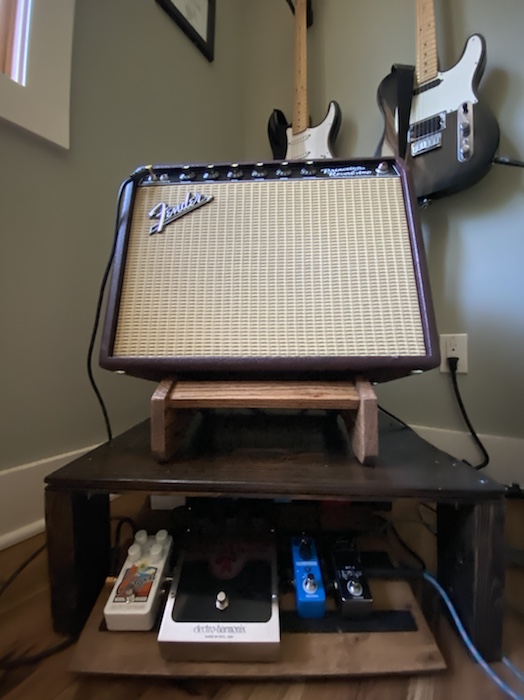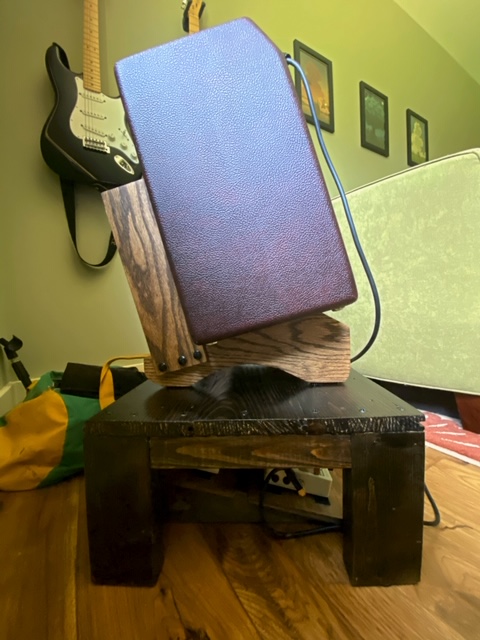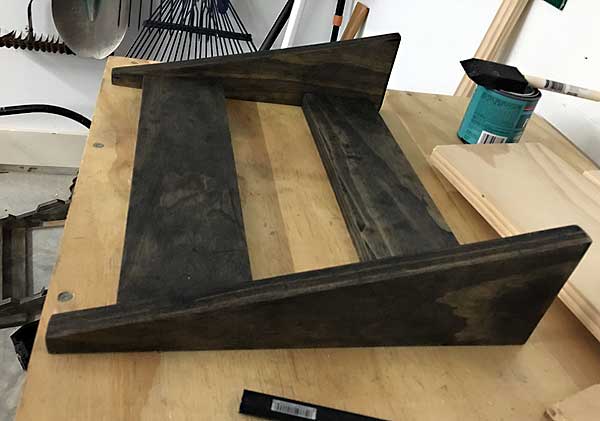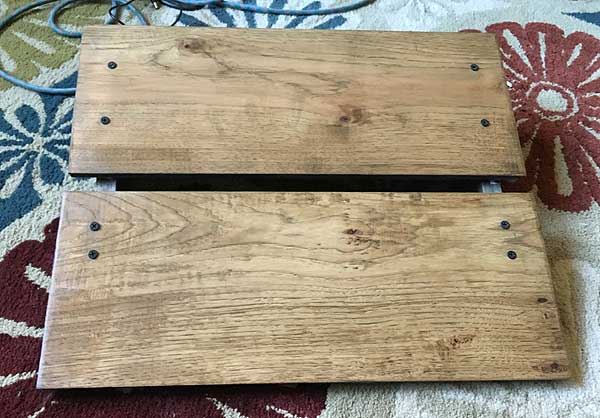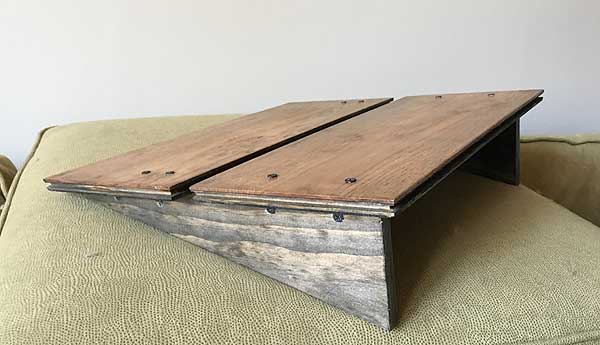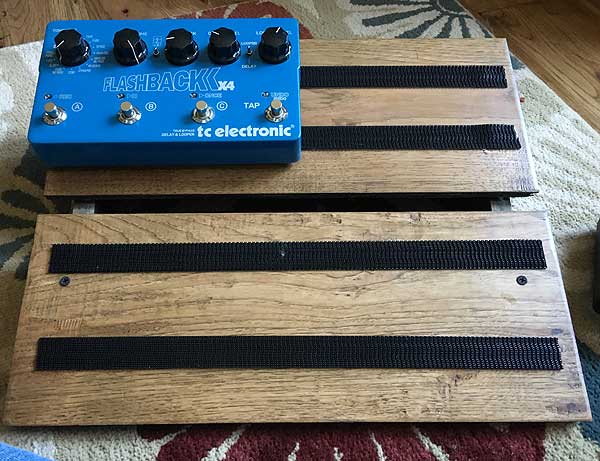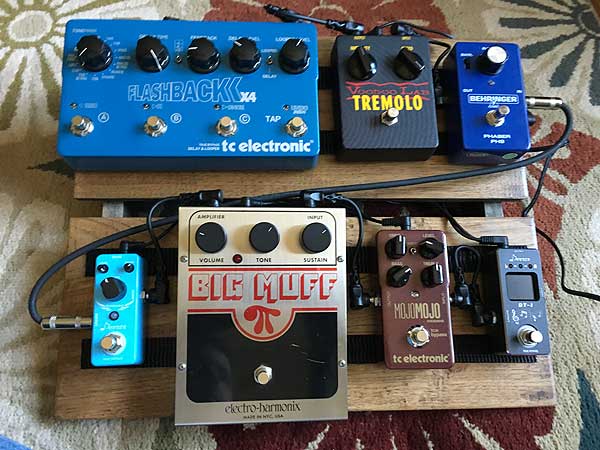I'm not sure if it has an official name. But until someone tells me otherwise, I'm calling it a descending sixth.
I stumbled onto this progression a long time ago.
C C6 C7 C9 F Fm C
0---0---0---x---1---1---0
1---1---1---3---1---1---1
0---2---3---3---2---1---0
2---2---2---2---3---3---2
3---3---3---3---3---3---3
x---x---x---x---1---1---x
It's basically in C major - even though the C7 and the C9 aren't actually in C major. But it's the F-major to F-minor change that's always grabbed me. That's a strange pair of chords to see next to each other. The F is certainly in C, but that Fm isn't. And to have Fm next to an Fmaj is very odd. But works, in that context.
Here it is:
And, if you want to clear away all the brush and get rid of those fancy chords, you can shorten it to C, F, Fm, C and still get the effect.
So that trick stuck around in the back of my head for a few years. But recently I was fiddling around and came up with this thing:
Dmaj7 Em7 Em7♭5 Dmaj7
--x-------x-------x---------x---
--7-------8-------8---------7---
--6-------7-------7---------6---
--7-------9-------8---------7---
--5-------7-------7---------5---
--x-------x-------x---------x---
All those 7th's make things all mellow and smooth. But the A# in that Em7♭5 strictly speaking is out of place - it's not in the D major scale. But it works, in the progression.
Then I thought. And having thought, I discovered. Firstly, even though the progressions are very different, the trick to making those out-of-key chords work is the same in both cases.
Note that the chords where this trick happens are very similar. F and Fm, from the first progression, are almost identical chords; there's only a single half-step difference in one note - the major third becomes a minor third. Likewise, Em7 and Em7b5 in the second example are the same chord but for a single half-step change in one note - the fifth becomes a flat-fifth. One note drops a half step. That's the first part of the trick. And the second part of the trick is that when the next chord, the tonic chord, shows up, the note that had dropped a half-step in the previous two chords drops another half-step to become the fifth of the tonic.
So, even though that note was doing different things in the F/Fm and Em7/Em7♭5 (major/minor third vs. 5/♭5) chords, in both cases, that note is also the 6th of the tonic descending to 5th over three chords.
And, our ears are happy to allow that 'wrong' note stop by, as long as it's moving in the right direction.
And, while I was typing this, I remembered one particularly neat example of the trick from Big Star's "Way Out West": the intro (and closing) lick is D, Dm, A. Same descending 6th.
And Brandi Carlile does the major-minor-tonic trick in the third and fourth lines of the verses in "Follow":
E
They know not who you are inside
Em B
They have never felt your hell
I'm sure this is the kind of thing they teach in first year music courses. But, I'm learning the old fashioned way: messing around while waiting for web pages to load. Anyway, I thought it was neat.
